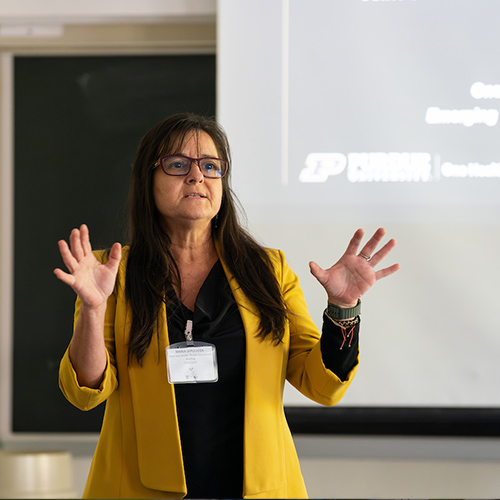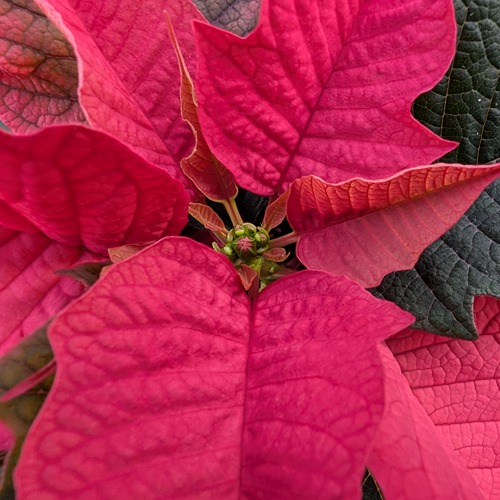New app makes it easier for farmers to identify, manage corn ear rots, mycotoxins
A new mobile app developed by researchers from Purdue University and the University of Arkansas will make it easier for farmers to access information about corn ear rot and mycotoxins.
The app, available as a free download, helps users identify common ear rots and determine safe levels for the use of grain affected by mycotoxins. The app also has information on ear rot management and properly storing moldy grain. Resources include practical tips for ear rot management and in-depth information on mycotoxins and conditions that favor ear rot development.
Farmers can also access information from the website https://Cornmycotoxins.com, which features high quality images to help with ear rot identification and links to additional corn ear rot and mycotoxin management resources. The website was created as part of the Integrated Management Strategies for Aspergillus and Fusarium Ear Rots of Corn project, which was established in 2012 with funding from the U.S. Department of Agriculture’s National Institute of Food and Agriculture. The goal of the project is to coordinate and promote a research and Extension collaboration that provides corn producers with new tools for managing ear rots and mycotoxins.
Ear rots occur when certain fungi infect corn. Several of those fungi produce mycotoxins, which accumulate in grain. Mycotoxins can be harmful to livestock and human if contaminated grain is used in livestock feed or human food products. Mycotoxins are natural chemicals that are very stable and not easily eliminated from contaminated grain, said Charles Woloshuk, a professor in the Department of Botany and Plant Pathology and member of the app and website development teams.
“Corn ear rots can cause losses to yield and grain quality and it can be difficult to store moldy grain,” Woloshuk said. “Additionally, some of the fungi that cause ear rots are able to produce mycotoxins during the infection process. Prevention is the most effective management strategy. The app will make it possible for farmers to access vital management information even when they’re working in the field.”
An Android version of the app is available for free download on the Cornmycotoxins website at https://Cornmycotoxins.com. An Apple OS version will be available by the end of the year.





